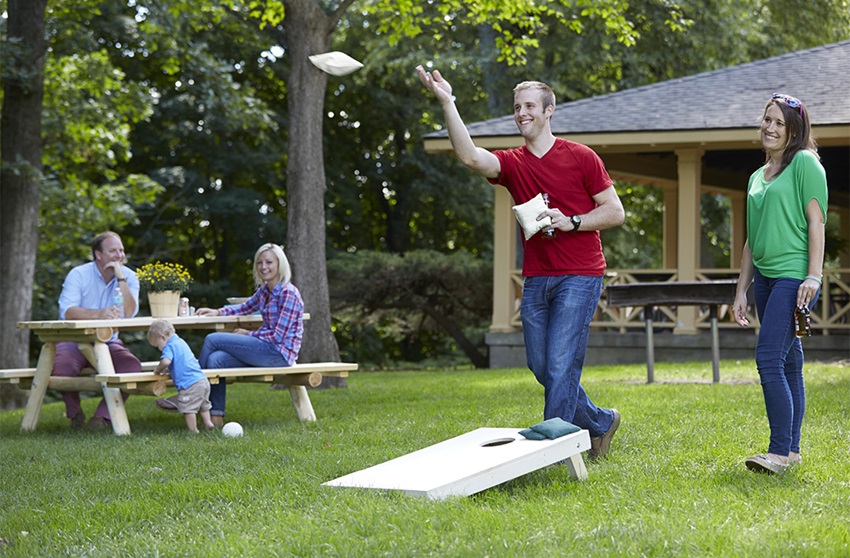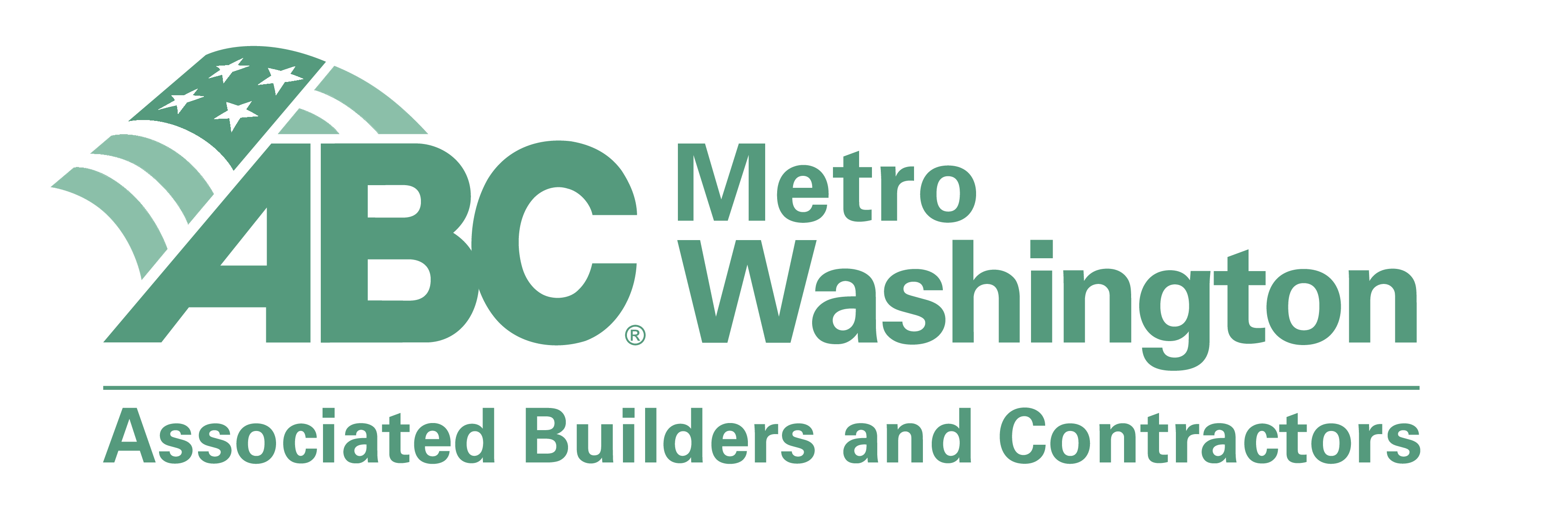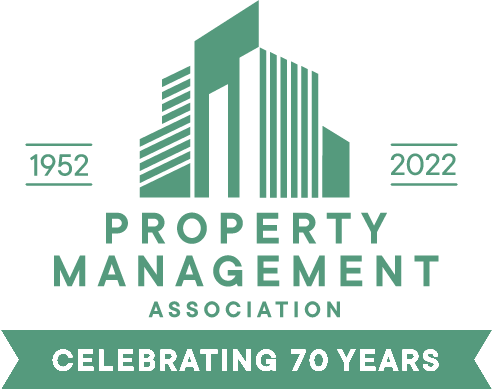Fall is for the Lawns

Do people notice the quality of the lawn when they visit a commercial property? ABSOLUTELY! In fact, 79% of people in the US say that lawns are an important feature they look for when renting or buying a home according to a survey conducted on behalf of NALP. Does a healthy lawn add value to commercial properties? YES! Poorly maintained and unhealthy turf can make your property stand out in the not-so-good kind of way. It could even leave such a bad impression on a potential resident or customer that they go somewhere else. Does it have to cost a lot to get a healthy lawn? NO! Fall lawn care programs, when part of an annual grounds maintenance plan, produce results in Spring for very little investment.
Why Do We Need a Fall Lawn Care Program?
Grass takes a beating in late spring and throughout the summer. People tend to gather outside during these times and what better place to hang out than a soft green lawn? Pair that with high heat, low soil moisture, and warm weather insect and weed infestations, and your lawn could look like it went through battle by fall. In the fall, the weather gets cooler, weed seed germination slows down, and rain comes back into the forecast. These conditions are ideal for reseeding, aerating to relieve soil compaction, and replenishing nutrients that were used up the first 9 months of the year. Fall is also when turf starts to store energy and nutrients in its root system to get through the cold winter. It’s the perfect time to give the grass one last good feed before it goes to bed for winter.

Do’s for a Fall Lawn Program
- Know what’s in the soil. Soil test turf areas to see pH and nutrient content and tailor fall lawn care programs to the needs of the lawn.
- Overseed thin areas to reestablish turf and fully repair bare spots with an organic topdress and seed. Thin spots become bare spots and bare spots become home to weeds when not properly maintained.
- Early fall fertilizer should be a slow-release formula, while later fall applications should be quick release. Slow-release applications don’t burn the grass when temperatures are still warm and last 6-8 weeks while quick release fertilizers are absorbed before the grass goes dormant for winter.
…and the Don’ts
- Warm-season weeds die back as winter approaches. Don’t waste money on weed control applications in late fall unless you are in a southern climate with warm temperatures year-round.
- Don’t fertilize when lawns are not growing. That fertilizer doesn’t get absorbed by the grass and will end up washed away before it can do any good.
- More isn’t better. Lawns can only use and store so much food for winter. Applying more fertilizer than needed does not a healthy lawn make.
Lawn care programs are not a “one size fits all” thing. Individual property conditions dictate which services are performed, when they happen, and what products are used. Never underestimate the power of green space at your property. Fall lawn programs are like the B12 shot for your turf they get your greenspaces noticed.






